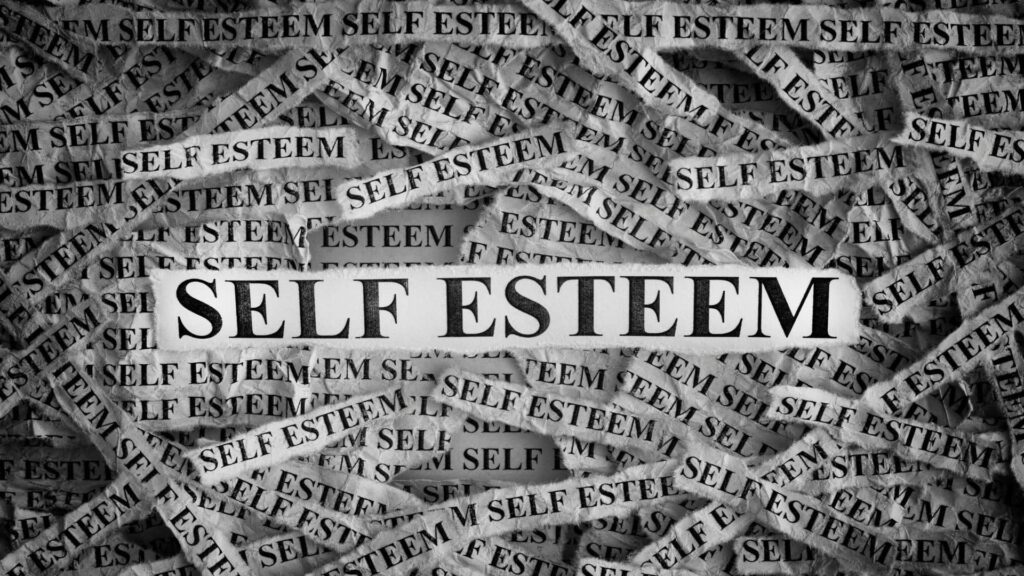How To Read Anyone Instantly – 20 Psychological Tips
Understanding human communication goes beyond the words we speak. When we meet someone for the first time, we receive a wealth of information that can help us gain insights into their personality. To decode these signals effectively, it’s crucial to pay attention to the nonverbal cues that make up a significant portion of our communication.
Research suggests that only 7% of our communication is based on the words we use, while 55% comes from body language, and 38% is conveyed through tone of voice. By considering these three factors alongside a person’s appearance, we can begin to unravel the intricacies of their character.
Let’s explore some essential clues to help us understand others, starting from the top down.
1. Eye Contact: They say that the eyes are the windows to the soul. Analyzing eye contact requires understanding the context. Intense, unwavering eye contact may signify romantic interest while avoiding eye contact might indicate nervousness or a hidden agenda. If someone’s fixed stare makes you uncomfortable, especially if they refuse to blink, it’s likely they’re concealing something or possibly lying.
2. Eyebrows: To gauge someone’s comfort level, observe their eyebrows. Surprise, worry, and fear typically cause eyebrows to rise. Try raising your eyebrows during a relaxed conversation with a friend – it feels unnatural. If someone raises their eyebrows during a discussion that doesn’t logically evoke surprise, worry, or fear, it indicates their discomfort.
3. Smile: The authenticity of a smile can be deceiving. A genuine smile extends to the eyes, forming crow’s feet at the corners. However, people often use smiles to mask their true thoughts and emotions. To identify a genuine smile, look for crinkles around the eyes. If absent, the smile may be concealing something.
4. Hand Gestures: Paying attention to hand movements can provide valuable insights. Open, relaxed hand gestures indicate approachability and openness, while clenched or fidgety hands suggest tension or discomfort. Mirroring someone’s hand gestures can also indicate rapport and a positive connection.
5. Posture: Posture reveals a lot about a person’s confidence and self-assuredness. Standing or sitting up straight indicates confidence and assertiveness while slouching or crossed arms signal defensiveness or discomfort. Open, expansive postures indicate a willingness to engage, while closed, guarded postures suggest reservation or caution.
6. Microexpressions: Microexpressions are fleeting facial expressions that reveal underlying emotions. These quick flashes of emotion are challenging to control consciously, providing valuable insights into someone’s true feelings. Learning to recognize microexpressions can help you understand what someone may be hiding or feeling.
7. What They Say: Pay attention to what a person talks about when you first meet them. If they consistently speak highly of their loved ones or colleagues, it indicates positive traits such as kindness, politeness, and love. Research suggests that those who rate others positively for these qualities are likely to possess them as well. Conversely, individuals who frequently describe others as manipulative or nasty may possess similar traits or have a history of depression or a personality disorder.
8. Paralanguage: Paralanguage refers to nonverbal elements of communication, such as tone, pitch, and manner of speaking. It’s important to consider how someone says something, not just the words they use. For instance, a monotone response suggests disinterest or detachment from the topic. Sarcasm is another example where the speaker’s true intention is often the opposite of their words. Pay attention to emphasis, tone, and delivery to uncover someone’s underlying intentions.
9. Side Glance: When meeting someone who is open and welcoming, their body will face you, and they will maintain eye contact. Conversely, if a person immediately averts their gaze to the side after meeting you, it indicates subconscious body language suggesting a desire to escape or disengage from the interaction.
10. Frequent Nodding: Nodding typically indicates agreement, but excessive nodding may indicate anxiety or a need for approval. When you’re speaking to someone, and they nod excessively, it suggests that they are concerned about your opinion or doubt their ability to meet your expectations. However, frequent nodding can also serve as an unconscious signal for the other person to move on, similar to glancing at a watch or touching car keys.
11. Chin and Jaw: When someone rubs their chin, it indicates deep thought and decision-making. The direction they look while doing so—up, down, or to the side—reflects their thought process. On the other hand, a clenched jaw signifies stress and discomfort. Regardless of their words, a clenched jaw suggests a high level of unease, potentially due to anxiety or preoccupation with a stressful situation.
12. Posture: How someone carries themselves reveals aspects of their self-confidence. Walking upright with shoulders back and looking straight ahead indicates a sense of self-assurance and confidence. Conversely, slouching and looking downward may convey a different impression, possibly signaling lower self-esteem. However, it’s important to consider that posture alone does not always reflect self-esteem accurately, as other factors can influence it.
13. Rubbing Hands: The hands often reflect what’s on a person’s mind. Rubbing hands together generally indicates a positive feeling or excitement about something. People tend to do this when they anticipate something good happening in the future and feel hopeful and enthusiastic about it.
14. Handshake: A person’s handshake can reveal valuable information. A soft and flabby handshake may indicate submissiveness or be easily influenced. On the other hand, a firm, crushing handshake could suggest a domineering or overly assertive personality. Additionally, the duration of the handshake holds significance. A handshake that is excessively long may feel uncomfortable or unusual, while a very brief handshake may indicate a lack of interest in forming a deep connection. However, it’s important to consider cultural differences and individual preferences regarding handshakes.
15. Leaning In or Away: The way someone positions their body during a conversation can reveal their level of interest and comfort. Leaning in toward you indicates both interest and respect. It shows that the person values what you have to say and wants to establish a deeper connection. Conversely, leaning back suggests disinterest or discomfort, signaling a potential desire to disengage from the conversation.
16. Holding the Baby: While this may seem unusual, studies suggest that the arm a mother uses to hold her baby can provide insights into her emotional state. Happy mothers tend to hold their babies in their left arm, while stressed or depressed mothers often hold their babies in their right arm. This observation highlights a potential correlation between emotional well-being and the preferred arm for holding infants.
17. Crossed Arms and Legs: When someone crosses their arms or legs while engaging in conversation, it acts as a physical barrier that indicates a lack of openness. This closed body language suggests that the person is not receptive to what you’re saying, even if they appear engaged or maintain a pleasant demeanor. Crossing arms and legs psychologically signal a blockage, both mentally and emotionally, indicating a lack of receptivity or willingness to engage with the subject matter.
Additionally, the direction of a person’s feet can reveal important cues. When someone likes you or is interested in the conversation, both of their feet will be facing your direction. However, if their feet begin to shift towards the exit or away from you, it indicates their desire to leave or discontinue the interaction.
18. Shoes: Surprisingly, a person’s choice of shoes can reveal aspects of their personality. Studies indicate that our judgments about people’s shoes are often accurate. New or very clean shoes may suggest nervousness, while practical shoes are associated with amiable personalities. Calm individuals may have an affinity for uncomfortable shoes, and those wearing ankle boots may exhibit more aggressive tendencies. Take a moment to reflect on your own shoes and see if they align with your personality traits.
19. Overall Appearance: How someone dresses and presents themselves can communicate a lot about their character. Attention to grooming, well-pressed clothing, and a put-together appearance may indicate a detail-oriented individual. A more casual wardrobe or a disheveled look can suggest creativity or a lack of concern for appearance. Conversely, an unkempt and unclean appearance may simply indicate laziness or a disregard for personal hygiene.
20. Copying Body Language: Pay attention to whether someone mimics your body language during a conversation. When individuals unconsciously mirror your gestures and movements, it signifies a strong rapport and a positive connection. This mirroring is a sign that they feel comfortable and receptive to your message. It demonstrates a desire for harmony and indicates that the conversation is going well.
Reading people is a valuable skill, although it can be challenging and subject to individual differences. While these tips provide general insights, it’s important to remember that everyone is unique, and interpretations may not always be accurate. Nonetheless, developing the ability to read people can enhance your understanding and communication skills.
Now, we would like to hear from you! When meeting someone for the first time, what is the first thing you usually notice about them?











